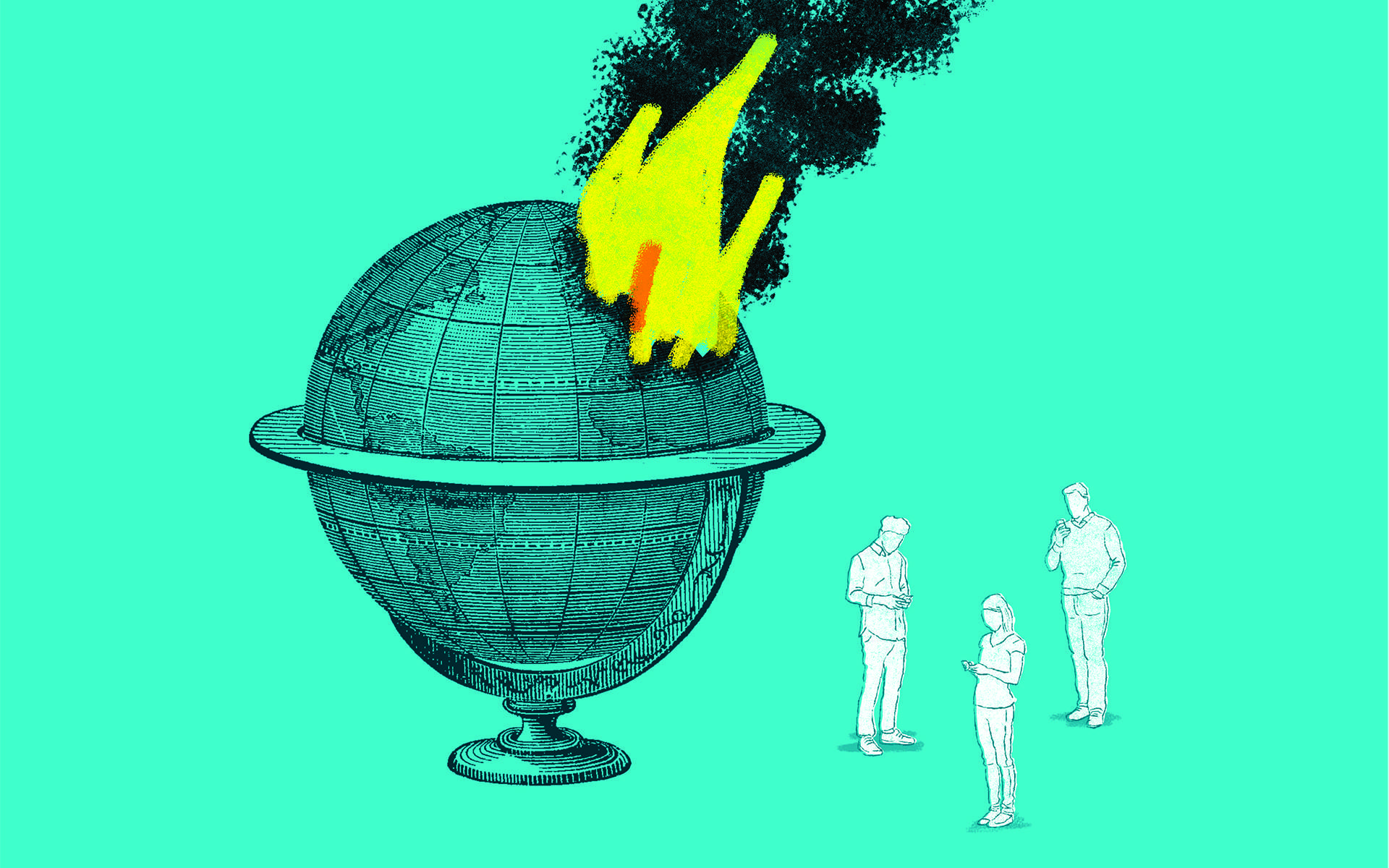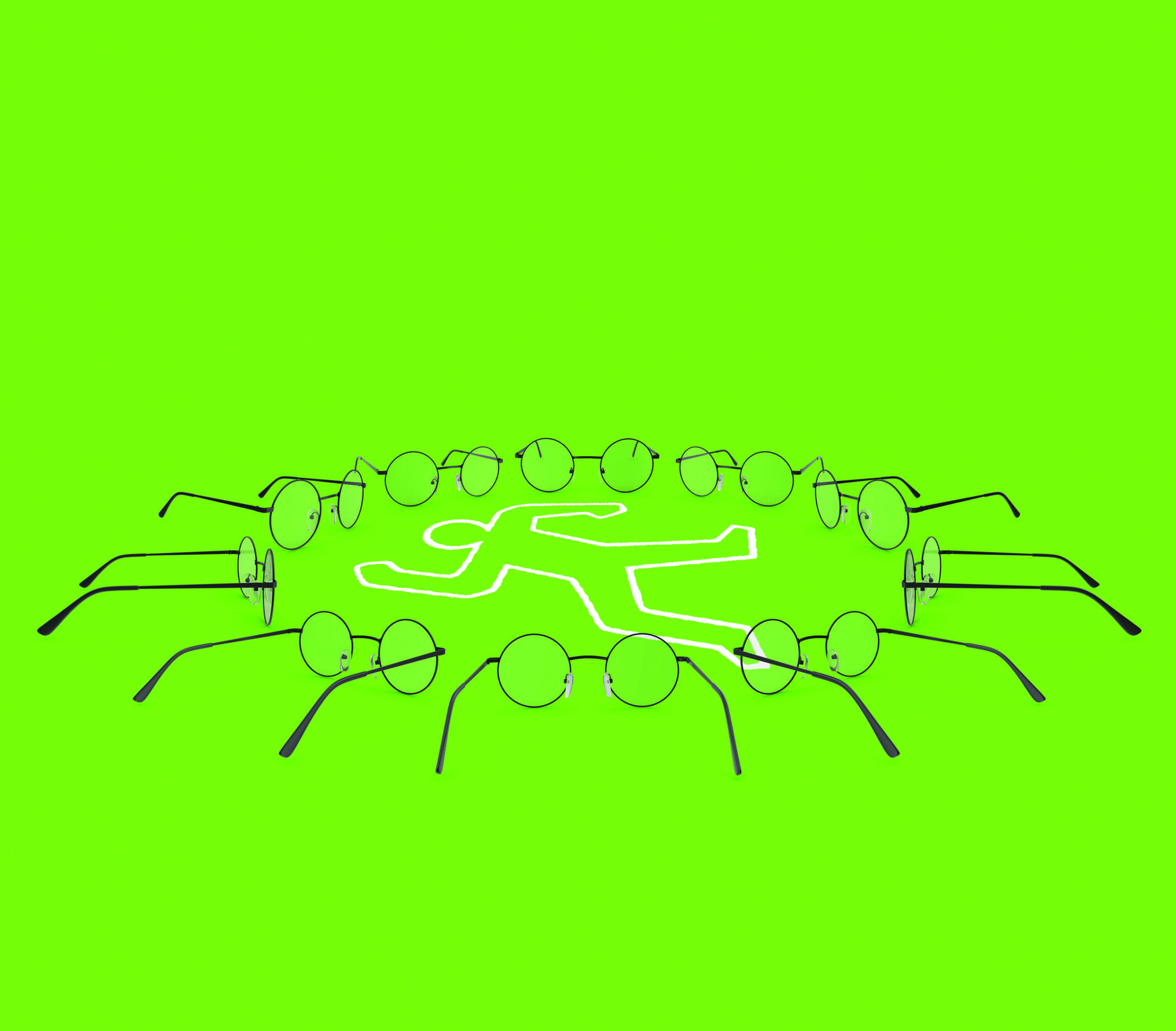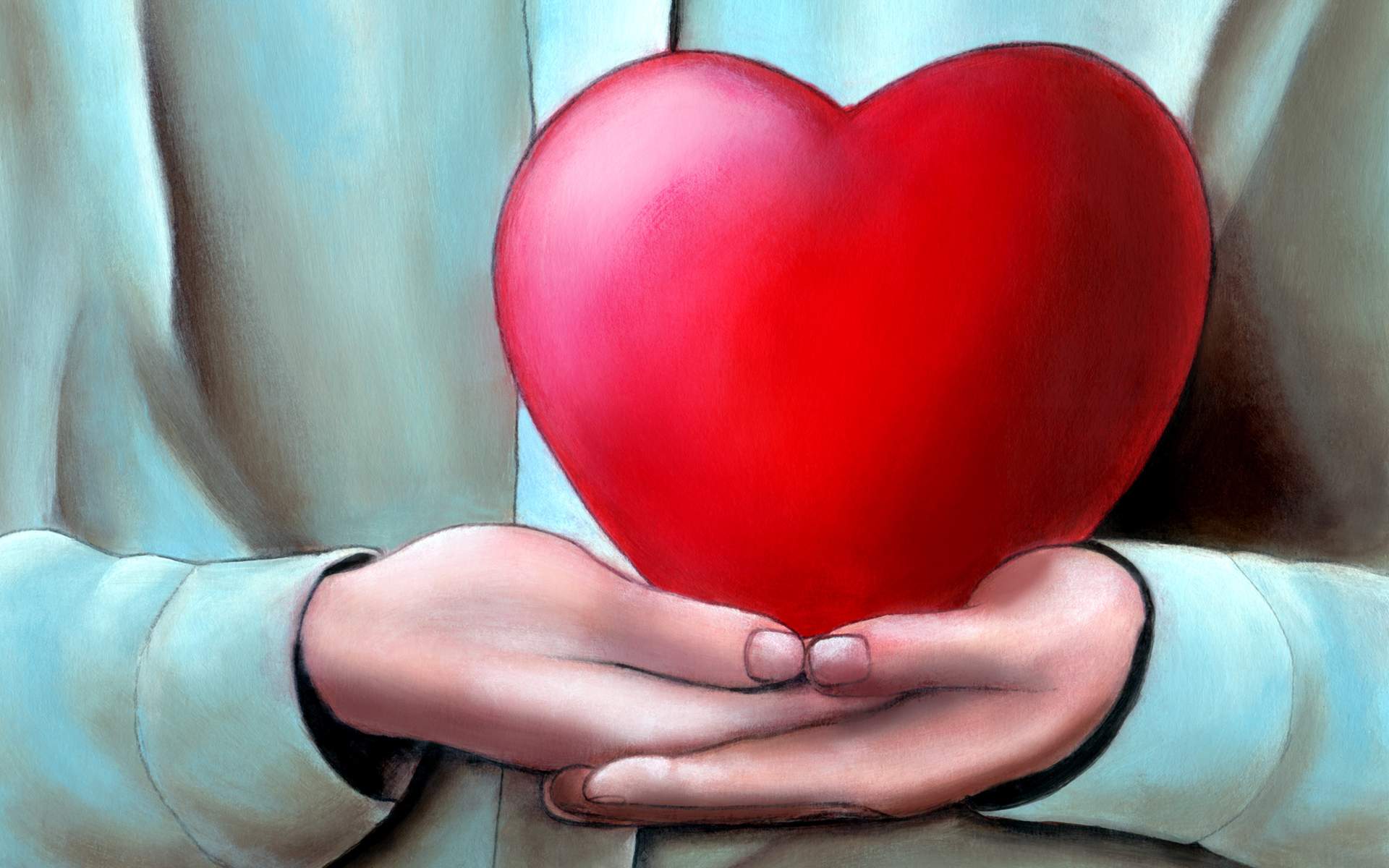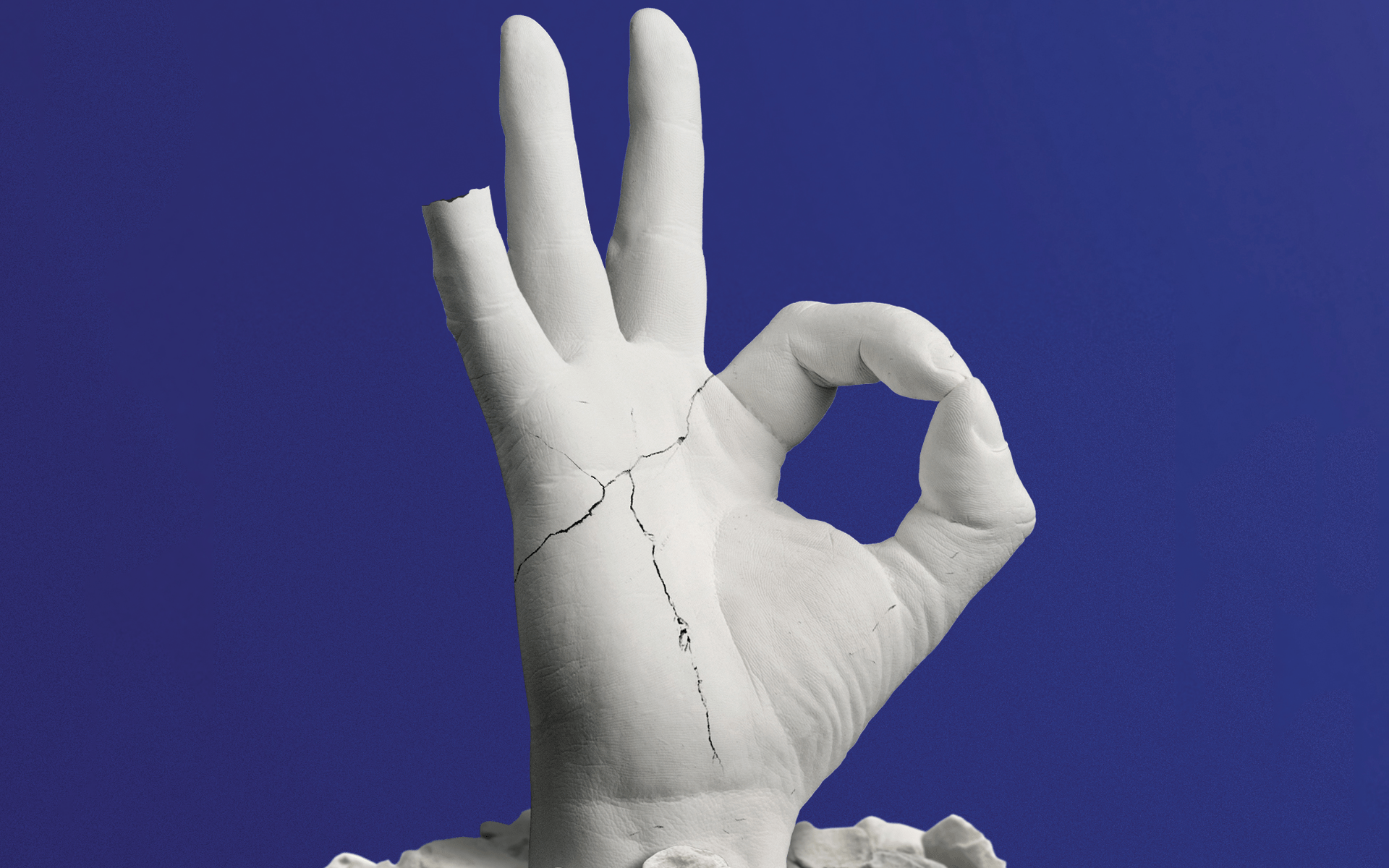There is only so much the human heart and mind can take. Even just in the United States in the past few years, collectively we have had to process scores of US school shootings: 70 in 2019, 110 in 2018, about 40 every year from 2014 to 2017. Hundreds of mass shootings: 417 in 2019, 337 in 2018, 346 in 2017, 382 in 2016, on and on, the pitiless numbers receding into the past like tombstones. Opioid death after opioid death, tens of thousands every recent year, and, as of publication, more than 200,000 deaths from COVID-19 (in the US alone). And this doesn’t even begin to account for the human and environmental crises that are unfolding internationally.
While some turn their anguish and anger into action, many others are unable to even acknowledge that there’s a problem. Call it what you like: Habituation. Outrage exhaustion. Desensitization. Compassion fatigue (a now-popular term; some experts prefer empathy fatigue). All describe how the emotions that the brain generated the first time we witnessed, even at a remove, something that incited anger or heartache or shock become exhausted in the face of repeated tragedy or horror, with the result that the tenth, or hundredth, repetition provokes a mere shadow of the initial reaction.
While some turn their anguish and anger into action, many others are unable to even acknowledge that there’s a problem. Call it what you like: Habituation. Outrage exhaustion. Desensitization. Compassion fatigue.
Why that should be has long fascinated psychology. Researchers have examined the general phenomenon, as well as specific instances of it (Americans reacted with less shock to the 2003 explosion of the space shuttle Columbia than to the 1986 explosion of Challenger, not only because of the poignancy of a teacher dying on the first, but because it was the first). Outrage exhaustion has, literally, life-or-death consequences. From the beating of Rodney King in 1991 to the murder of Breonna Taylor, a Black woman sleeping in her home in Louisville, KY, during March 2020, police killings of Black people have stirred public outcry and protest for a long time now—but movement against violent oppression takes a long time to birth real change, in part because the ongoing outrage needed to fuel systemic change dies down after a short time. It’s a particularly damaging function of privilege that allows people to more quickly “forget” that these injustices ever happened: Even though they happen repeatedly, we react with shock each time, but so rarely with sustained calls for change.
Understanding the causes of outrage exhaustion would satisfy more than academic curiosity. For if we did, we might overcome it, sustaining public pressure for changes that prevent recurrences of violence. We might also sustain genuine care and compassion for those in pain, including ourselves.
What is Emotional Self-Defense?
To be clear, emotional desensitization isn’t always maladaptive. The effect is so strong that it is the basis for a widely practiced form of psychological intervention: exposure therapy. Used to help people overcome obsessive-compulsive disorder, phobias, post-traumatic stress, and other conditions rooted in anxiety, the therapy involves giving the patient increasing “exposures” to whatever memories, experiences, or other triggers set off the disorder. For a veteran with post-traumatic stress, a psychologist uses virtual reality to walk her through the roadside bombing or other horror that left a lasting mental scar. For someone whose OCD arises from the belief that the world is awash in germs, a therapist will have him touch an office doorknob, then a doorknob in a public restroom, then a toilet seat… ratcheting up the anxiety but—and this is meant to be the therapeutic part—getting him accustomed to the anxiety and realizing it didn’t kill him.
When exposure therapy succeeds, it’s because individuals learn, over time, that the dreaded experience, object, or memory is tolerable. In other words, the original emotion fades.
That’s great if exposure therapy helps someone with OCD. It’s less great if repeated exposure to an outrage or tragedy bleeds away the emotions needed to spur us to action.
“One result of trauma, including the collective trauma of losing thousands of lives every year to shooting or a pandemic, is numbness.”
Michaela Hass, Author of Bouncing Forward
“One result of trauma, including the collective trauma of losing thousands of lives every year to shootings or to a pandemic, is numbness,” said Michaela Haas, author of Bouncing Forward: The Art and Science of Cultivating Resilience. “Unless we have support and methods to address
these wounds, a majority will choose numbness”—almost always unconsciously—because the alternative is too painful.
Psychologist Steven Lynn calls it “normalizing what had initially been a source of outrage.” By the umpteenth time we see pictures of horrific deaths in conflict zones, or Black Americans shot by police officers, or another once-pristine ecosystem turned to ashes for corporate profit, we think, yes, that’s awful…but it’s just the way the world works.
“There were so many shootings when people thought, This is really a turning point,” Haas said. But “despite the overwhelming outrage and, later, sustained and eloquent activism, policies did not change. Outrageous violence against Black Americans continued. People learned that no matter how sophisticated or sincere their activism, they are unable to effect change. This is where empathy fatigue sets in. To feel grief, sadness, anger” at every report of outrage or tragedy “would result in emotional chronic fatigue.”
Can you imagine always feeling as horrified or depressed as you did when you first heard of George Floyd, or Newtown? Or first saw the picture of 3-year-old Alan Kurdi, whose family was fleeing the Syrian civil war, dead on a Turkish beach? No wonder there is little outrage at some 2,000 people dying at the hands of police officers in Rio de Janeiro in a single year. “People have to turn their thoughts away,” Lynn said.
The resulting desensitization builds on itself, leading to the psychological phenomenon known as “learned helplessness,” akin to the self-protective distancing that an abuse victim engages in, to preserve a few shreds of sanity and the will to live. When nothing we do makes any difference, emotional self-defense produces the distancing necessary to convince ourselves either that what we witness is not all that terrible or is simply the way of the world.
“If we can’t change it,” Lynn said, “we have to come to terms with it some other way.”
How to Re-Sensitize the Mind
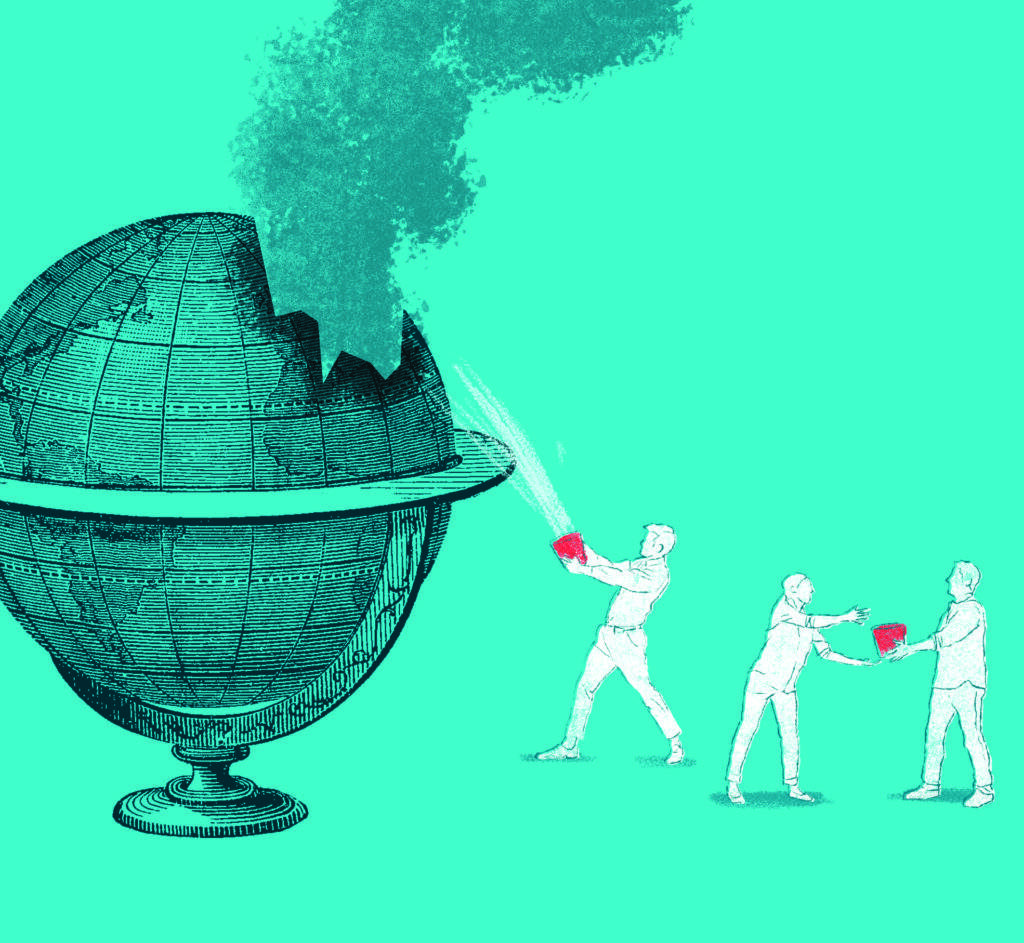
For many people, that “other way” is by activating cognitive resources to quell feelings of outrage and profound sadness, including by spinning stories about tragedies being inevitable—a coping mechanism to keep at bay what would otherwise be crippling anxiety and pain.
The reason the brain is so good at switching into self-protective mode, dialing down our outrage, is because it has evolved to pay selective attention to novel and surprising stimuli and to ignore repeating ones, in order to conserve finite processing capacity. Oh, we’ve seen this before, the brain says; nothing new to absorb, we can move on.
You don’t have to be involved in social activism to weep for what’s lost as a result of this emotional distancing, Lynn said. Every time it happens, our collective store of compassion
shrinks a little more, leaving less for both nameless strangers and those we love. It happens in the caring professions, too: The newly-minted social worker or therapist feels distress at and compassion for the suffering of those she is trying to help, while the grizzled veteran has seen it all, growing emotional armor.
“Mindfulness trains us to think about our thoughts as ‘just thoughts,’ including the thought that tragedies and outrage are part of life or that trying to effect change is hopeless.”
Steven Lynn, Distinguished Professor of Psychology at Binghamton University
Outrage exhaustion may be preventable, however. Lynn and graduate student Craig Polizzi found in a 2019 study that even brief mindfulness practice can increase people’s compassion. Can it overcome compassion fatigue? “Anything that reduces fear and anxiety and preoccupation with the self can increase compassion for others,” Lynn said. “Mindfulness trains us to think about our thoughts as ‘just thoughts,’” including the thought that tragedies and outrage are part of life or that trying to effect change is hopeless. Part of desensitization and empathy fatigue is that “we become numb and disengaged, lacking in introspection and compassion for others,” Lynn said.
How Your Mindfulness Practice Can Help
Mindfulness practice can keep us engaged and actively compassionate because the practice helps us remain with the present moment. And there is a steadiness in the present. “Much of what we fear resides in moving our thoughts from the present moment, where there is often no immediate threat, to a future marked by fear, doubt, and uncertainty,” Lynn said. “We create space for compassion by accepting our fears and watching them play out on the stage of our minds.”
We don’t have to continually fan the flames of our outrage to remain engaged—doing so would likely lead to burning out, which leaves us unable to help at all. What we do need is to cultivate a compassionate awareness of the present moment in order to sustain action toward a more just and peaceful future. Compassion practice can serve as a foundation, protecting us from accepting tragedies as inevitable, while motivating us to ask: How can I show up in this moment? What impact can I have?
read more
The Science of the Bystander Effect
Writer Sharon Begley explores the research on why decent people will watch someone in trouble, possibly even film it, rather than step up to help.
Read More
How Compassion Gives Us the Stability to Take Wise Action
Point of View Podcast Episode 5: A conversation with Frank Ostaseski about finding the inner resources to meet the impossible in extraordinary ways.
Read More
The Science of Bouncing Back from Trauma
What causes us to move on from traumatic experiences? Psychologists are finding it’s not always about bouncing back—sometimes we have to feel our whole world fall to pieces.
Read More


